Reducing Allergens at Home: The Role of Advanced Air Purification
Common Allergens Impacting Indoor Air Quality
Dust Mites and Pet Dander
Dust mites are microscopic organisms that flourish in warm and humid environments, making them prevalent in many households. They primarily thrive on shed skin cells from humans and pets. Consequently, they can cause allergic reactions in over 20 million Americans. Pet dander, composed of tiny flakes of skin from animals like cats and dogs, is another significant indoor allergen. This is particularly problematic for pet owners, as these particles contribute to allergies such as sneezing, itchy eyes, and even asthma.
Pollen and Mold Spores
Pollen, released by trees, grasses, and weeds, is another common indoor allergen. It infiltrates homes through open windows and doors, exacerbating allergies—especially during peak seasons. Mold spores are equally potent allergens that thrive in damp areas such as bathrooms and basements. They can lead to severe respiratory issues, with approximately 10% of the U.S. population being sensitive to mold. Both pollen and mold spores are significant contributors to poor indoor air quality, causing a wide range of allergic reactions, including hay fever and asthma.
Understanding the sources and impact of these allergens is crucial for improving indoor air quality and minimizing health risks.
How Advanced Air Purification Systems Work
HEPA Filtration Technology
HEPA (High-Efficiency Particulate Air) filtration is a crucial component of advanced air purification systems, renowned for capturing 99.97% of particles larger than 0.3 micrometers. This capability significantly reduces indoor allergens such as dust mites, pollen, and pet dander, creating a cleaner living environment. Studies demonstrate that homes utilizing HEPA filters exhibit markedly reduced levels of airborne allergens, which in turn, enhances residents' overall health and well-being. However, for HEPA filters to maintain their optimal efficiency, they require regular replacement, directly linking usage patterns to air quality. This necessity underscores the importance of incorporating maintenance routines to uphold an allergen-free atmosphere.
Smart Sensors and Real-Time Monitoring
Modern air purifiers have advanced significantly, integrating smart sensors to enhance their functionality. These smart sensors detect air quality levels and automatically adjust purification settings based on the real-time data they gather. This intelligent technology facilitates users in monitoring their indoor air quality via connected apps, offering actionable insights for managing allergens and improving air health. Additionally, real-time alerts from these systems can promptly notify homeowners about rising allergen levels, empowering them to take swift action to protect their health and maintain a cleaner indoor environment. This proactive approach ensures heightened protection against allergens, making advanced systems indispensable for allergy sufferers.
Key Features of Modern Air Purifiers
WiFi Connectivity for Remote Control
WiFi connectivity is a key feature in modern air purifiers, elevating user convenience and flexibility by allowing remote control. Through dedicated smartphone applications, users can monitor air quality, set purification schedules, and adjust settings from virtually anywhere. This convenience is backed by studies indicating that remote control features lead to higher user engagement, ultimately enhancing air quality management. By integrating WiFi capabilities, air purifiers become more intuitive, enabling users to ensure optimal indoor air conditions at all times.
Multi-Stage Filtration Systems
Multi-stage filtration systems are pivotal in efficiently purifying air by combining various filtering techniques, including pre-filters, activated carbon, and HEPA filters. This multifaceted approach targets a wide array of pollutants such as dust, odors, and smoke, thereby significantly enhancing purification efficiency. Research supports that multi-stage systems outperform single-type filters in reducing allergens and improving overall air quality. This sophisticated filtration strategy not only improves air purity but also caters to a broader range of indoor air quality needs, making it a superior choice for maintaining cleaner environments.
Top Air Purifiers for Allergy Relief
Smart Sensor Air Quality Display Air Purifier
The Smart Sensor Air Quality Display Air Purifier stands out for its dynamic response to indoor air conditions. Featuring an advanced air quality display, it provides users with real-time feedback on air purity, enhancing their ability to manage indoor environments effectively. Equipped with sophisticated smart sensors, this air purifier automatically adjusts its filtration rate in response to detected allergens, ensuring a consistently clean and healthy atmosphere. This adaptive functionality not only optimizes air purification but also ensures energy-efficient operation.
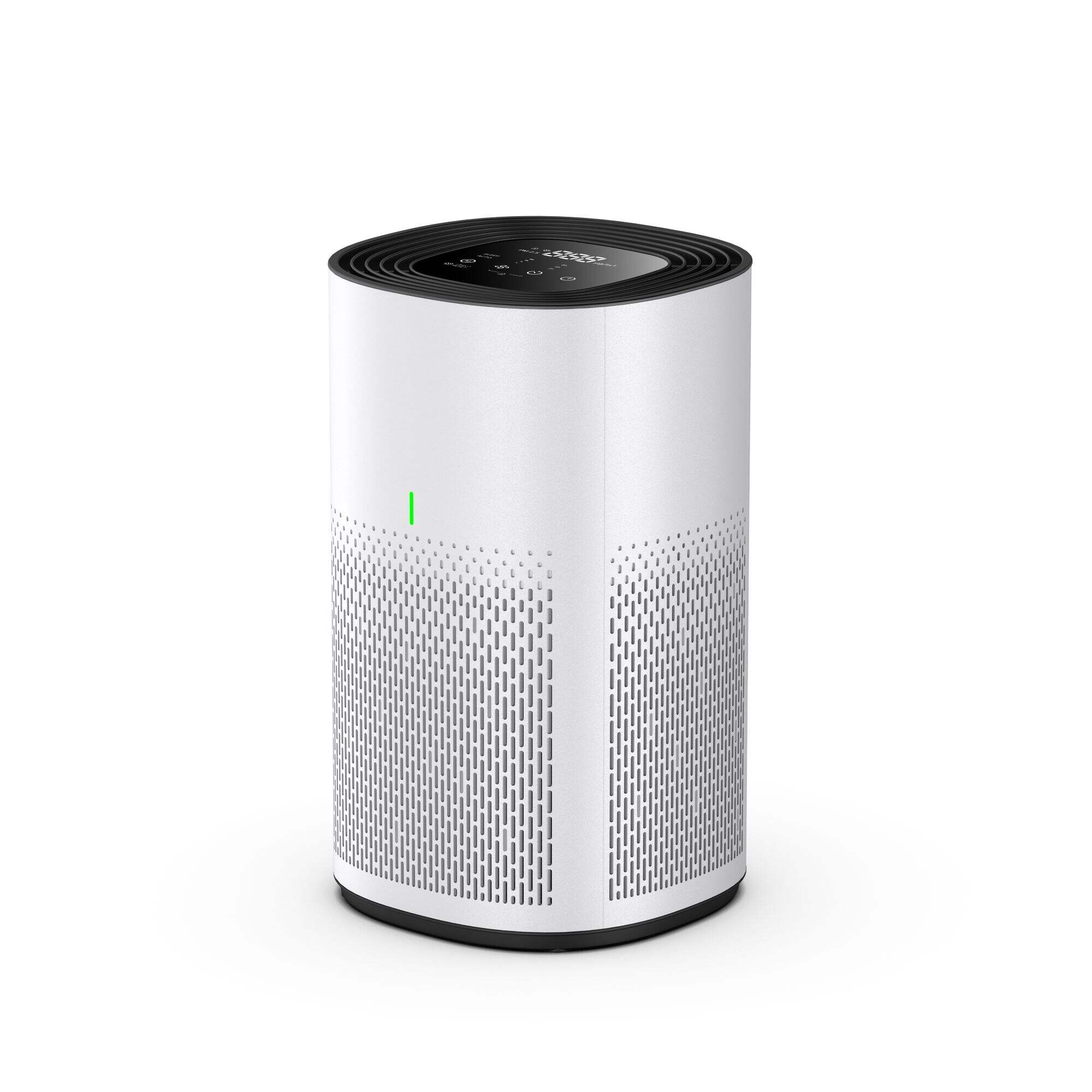
Tuya WiFi Control HEPA Filter Household Model
The Tuya WiFi Control HEPA Filter Household Model blends the efficiency of HEPA filtration with the convenience of modern technology. By integrating Tuya WiFi technology, this air purifier enables users to manage their device remotely via a dedicated smartphone application. This feature is ideal for busy households where maintaining optimal air quality should be hassle-free. The combination of smart technology and reliable HEPA filtration ensures thorough allergen removal and a healthier indoor environment.
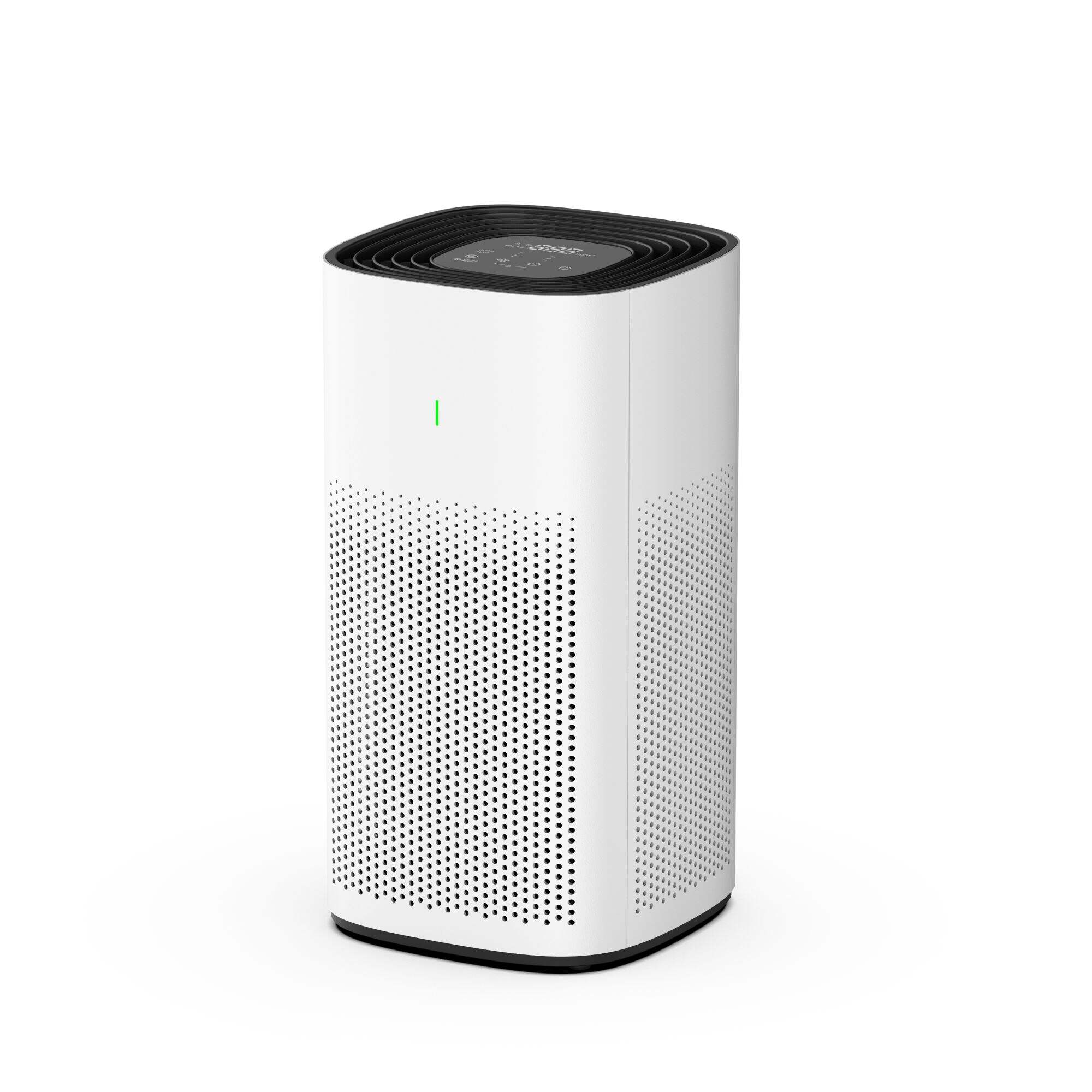
3-in-1 HEPA Filter with Aromatherapy
For those looking to enhance their indoor atmosphere, the 3-in-1 HEPA Filter Air Purifier offers the dual benefits of air purification and aromatherapy. This innovative device combines a robust HEPA filtration system with an integrated aromatherapy feature, effectively removing allergens while dispersing pleasant scents. It's perfect for creating a soothing atmosphere in your home while ensuring that every breath of air is as fresh and clean as possible.
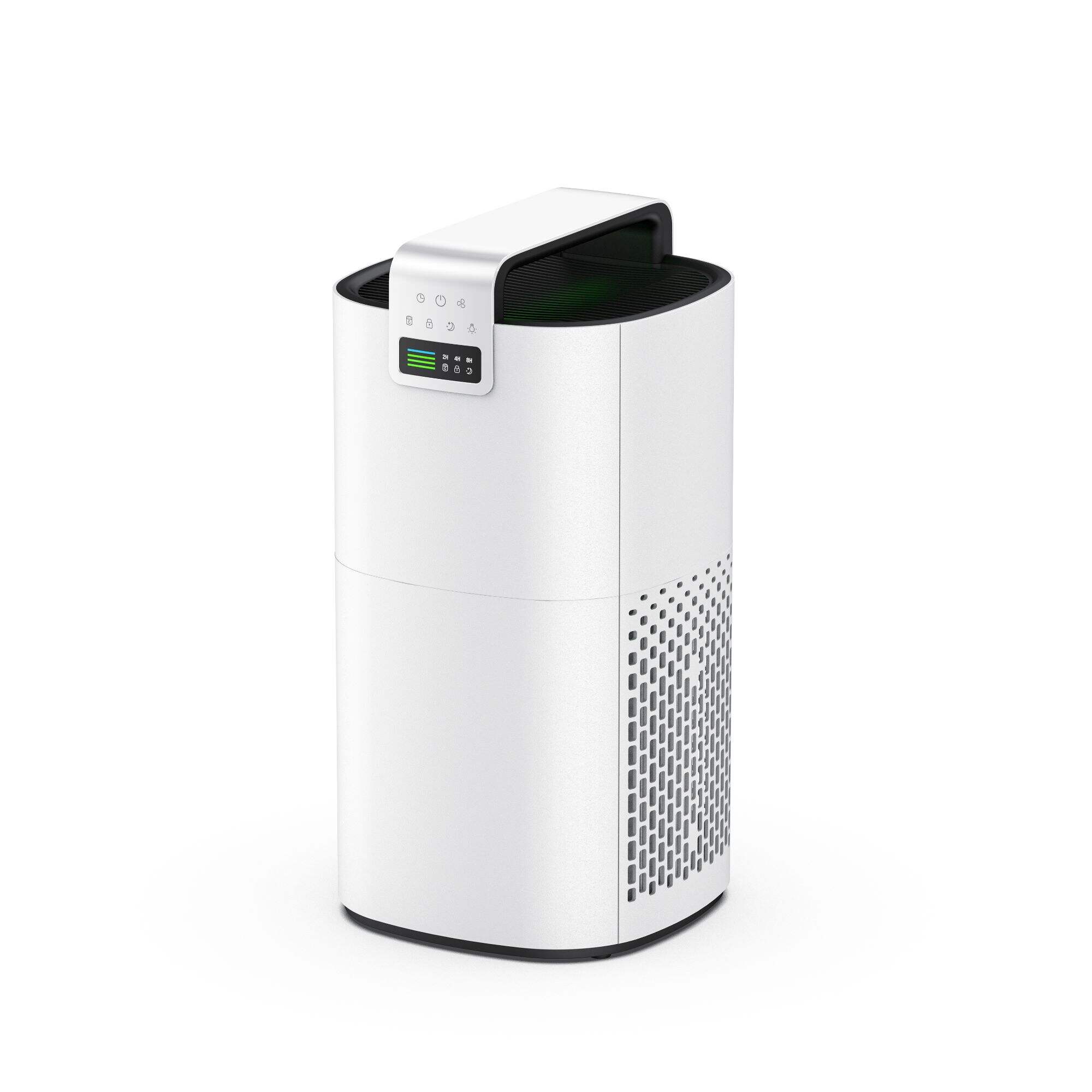
Large-Coverage Smart Air Quality Monitor
Designed to cater to expansive areas, the Household Smart Air Quality Monitor Large Air Purifier offers comprehensive air quality monitoring across large spaces. This model is equipped with advanced features that provide detailed insights into pollutant levels and the necessary purification actions. Such capabilities ensure that even large rooms can maintain optimal air quality, making this purifier a preferred choice for those with considerable indoor spaces.
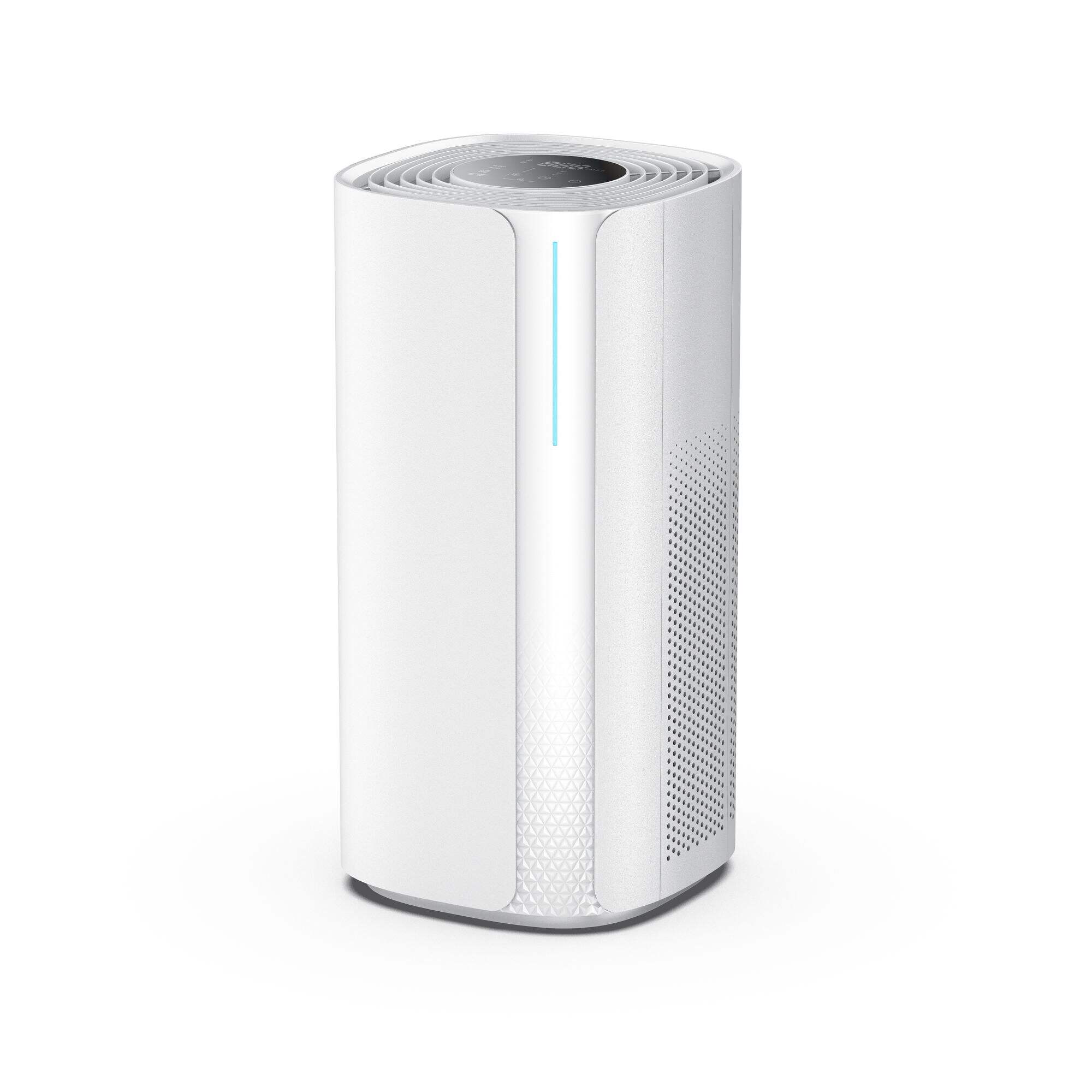
High-Capacity Ionizer with APP Control
The 210m³/h ionizer Air Purifier with APP Control merges high-capacity ionization technology with the ease of mobile app management. This product is perfect for larger spaces, providing robust allergen and pollutant removal while allowing for effortless control from anywhere. The combination of powerful ionization and user-friendly controls ensures a superior indoor air quality experience, making it an ideal solution for effectively combating allergens in vast areas.
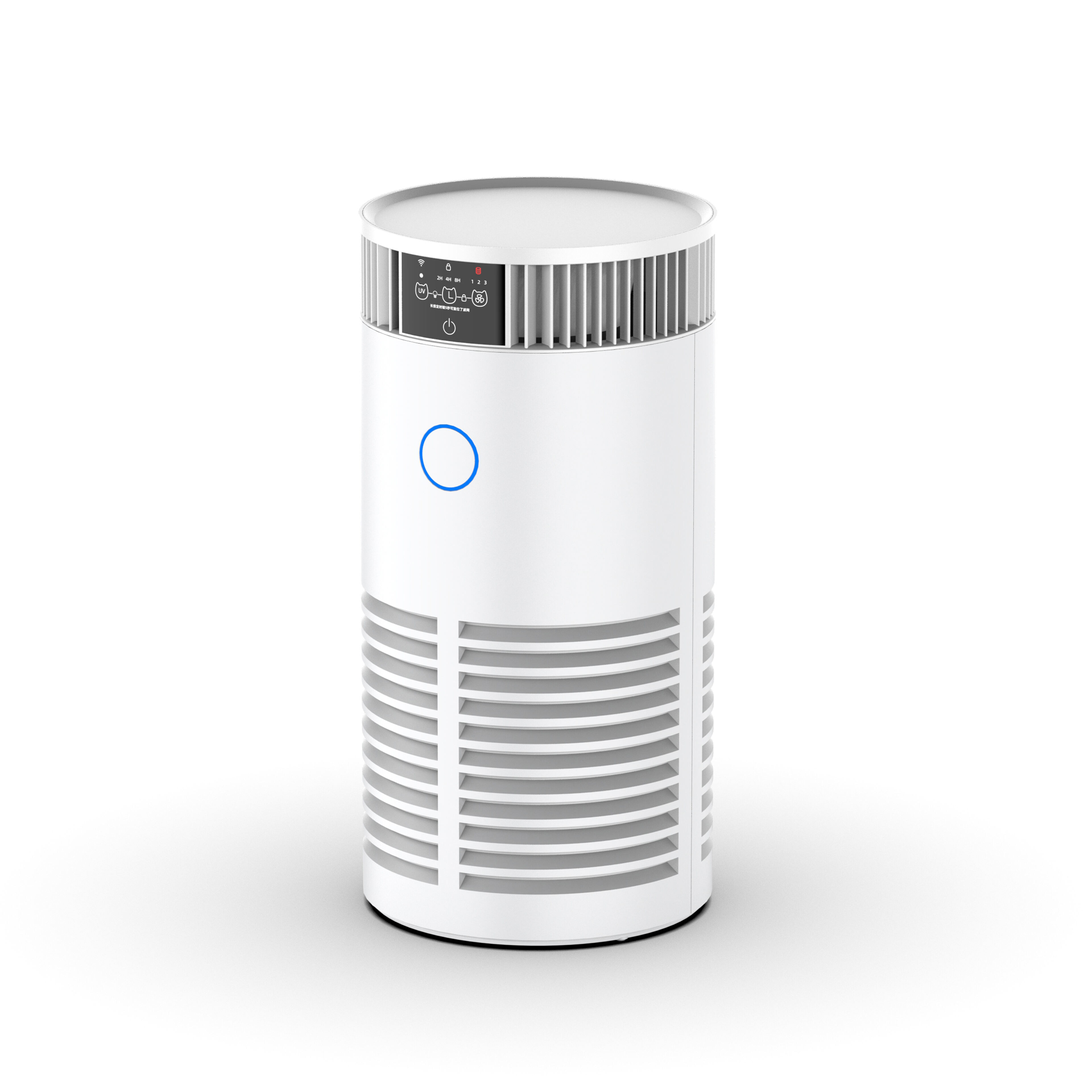
Filter Replacement Guidelines
Regular filter replacement is essential for maintaining the optimal performance and efficiency of air purifiers. Generally, HEPA filters should be replaced every 6 to 12 months to ensure they effectively capture airborne contaminants. This replacement schedule can vary based on usage intensity and environmental conditions; for instance, homes with pets or smokers may require more frequent changes. Utilizing filter indicators, if available, can provide timely notifications for replacements, helping you avoid a drop in the air purifier's efficiency and ensuring superior air quality in your space.
Routine Maintenance Best Practices
Routine maintenance of your air purifier is crucial to sustaining its performance and extending its lifespan. Essential tasks include regularly dusting and cleaning the outer surfaces to prevent the accumulation of debris that can impede airflow. Establishing a routine maintenance schedule is beneficial, ensuring that these tasks are performed consistently throughout the year. This proactive approach helps maintain the air purifier's effectiveness, reducing allergens and pollutants in your home and supporting a healthier indoor environment.

 EN
EN
 AR
AR
 NL
NL
 FR
FR
 DE
DE
 EL
EL
 HI
HI
 IT
IT
 JA
JA
 KO
KO
 PL
PL
 PT
PT
 ES
ES
 ID
ID
 VI
VI
 TH
TH
 TR
TR
 MS
MS
